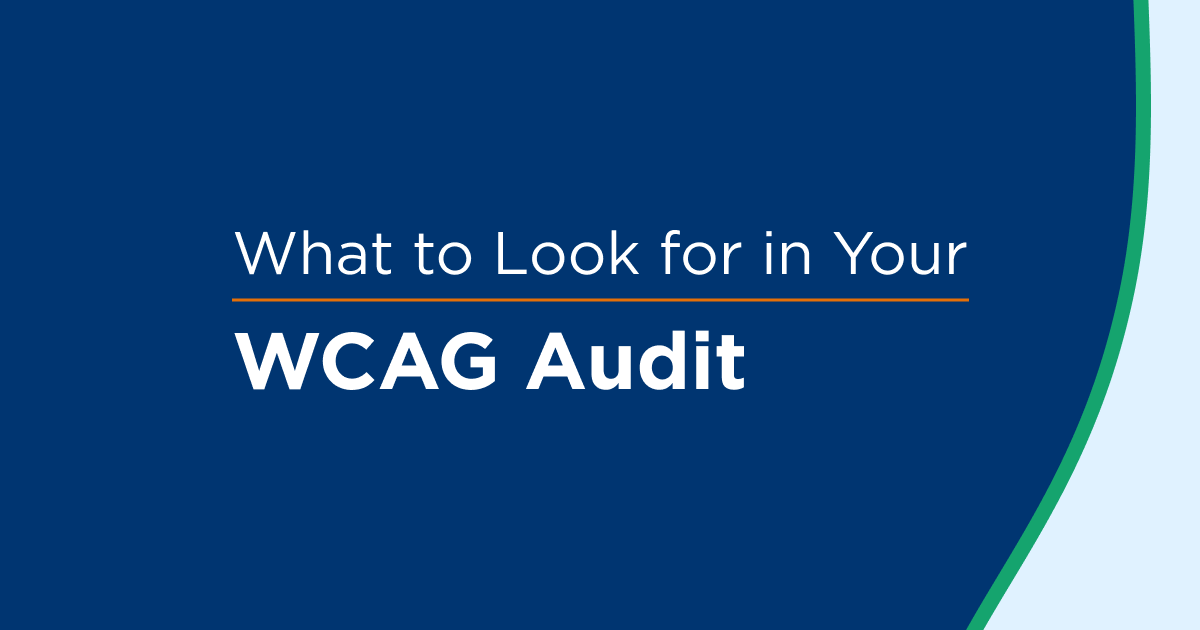A recent W3C community report explains why developer-led remediation is essential and where automation can responsibly accelerate the work. Automation and AI are valuable for detection, triage, and speed, but real fixes across HTML, CSS, and JavaScript belong in developers’ hands, with user testing validating outcomes.
Whether remediation happens post-source or in-source during active development, the north star is the same: developer ownership, assisted by automation or AI, then verified by people. In this blog, I’ll break down the key findings and what they mean for teams building accessible digital experiences.
You can access the full report at W3C's website to learn more about the findings.
What's the difference? Accessibility Widgets, Overlays, and Post Source Remediation
Before we get into the report, I want to set some clear context. Post-source remediation is not an accessibility widget or an overlay. Post-source remediation means fixing accessibility violations on websites that are already in production by updating HTML, CSS, or using standard coding techniques (such as ARIA). These updates are available to all users and do not require any forced panels or UI pop-ups.
Widgets and overlays fall short because they try to automate fixes, rely on automated testing that’s limited in detecting true barriers, and remove the crucial human element. While overlays and widgets sometimes attempt post-source code updates, their dependence on automation both fails end-users and misses the majority of real barriers that need true find-and-fix remediation.
Dynamic Post-Source Remediation
Post-source web accessibility remediation can achieve WCAG outcomes comparable to in-source implementation, but it comes with trade-offs. One risk is the reduction of in-house accessibility knowledge if key goals are outsourced to external parties or to internal teams focused solely on remediation. Because you’re applying updates to existing code, post-source work can also increase maintenance and testing needs as sites move through release cycles.
While in-source work at project inception remains the most robust approach, post-source offers a reliable, and often more practical, path for improving live sites. When using post-source remediation, developers are essential to ensure that interactive behaviors, dynamic components, and user flows meet accessibility standards and function correctly across assistive technologies. Automation is best used to detect and address low-risk, high-volume issues such as missing attributes or minor structural errors. Together, developers ensure precision, usability, and lasting compliance, while automation accelerates efficiency.
Post-source remediation still requires skilled developer effort to achieve robust accessibility outcomes that align with WCAG. There is no magic bullet or shortcut to accessibility. When post-source is used, it comes with additional checks that increase the need for strong development practices and procedures. Because code is being updated, original user behaviors must be preserved, with added verification to maintain robust outcomes throughout release cycles. Building accessibility into the source code is always the recommended approach, but for teams who lack resources, a Post-Source Solution like UsableNet's managed service that is developer led supported by accessibility experts, and user-testers to dynamically remediate your website, is a viable solution.
Where developers need to stay in the loop when using post source remediation (functionality)
Common website behaviors that typically require developer to remediate using post source methods:
- Interactive components (e.g., rebuilding or replacing inaccessible nav menus, sliders/components; ensuring name/role/value and keyboard support; avoiding traps).
- Authentication flows (log‑in, MFA, challenges).
- Notifications & status messages (timing, announcement, dismissal).
- Keyboard access & focus management (ensuring full keyboard operability and sensible focus order).
- Collapsible structures & tabs / nested interactive elements (clear semantics, operability).
- ARIA roles & attributes (correct, minimal, consistent with behavior).
- These areas are generally only partially automatable - developer involvement is expected.
Where automation can assist (low‑risk, high‑volume elements)
Good targets for automated suggestion/fix (with developer review as needed):
- Alternative text coverage, including detecting decorative images for null alt.
- Page language (lang) and page/iFrame titles (flagging missing/duplicated, proposing improvements).
- Link clarity (identify “click here/more” and suggest descriptive text).
- External‑link behavior cues (flag/label “opens in new tab”).
- Contextual tooltips (suggest where helpful, avoiding redundancy).
- The draft generally treats these as automatable in many cases, with developer spot‑checks for context.
The Bottom Line
Post-source remediation isn’t a shortcut or a replacement for building accessibility into your code. When done right, it can achieve WCAG outcomes comparable to in-source work, and it can be a practical, developer-driven approach for improving live sites when in-source implementation isn’t feasible. Developers must remain in control to ensure interactive components, dynamic behaviors, and complex flows meet accessibility standards, while automation assists with low-risk, high-volume issues.







